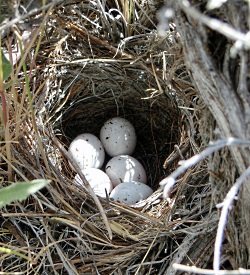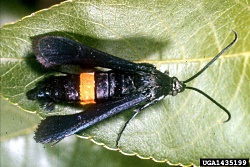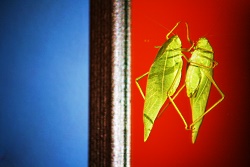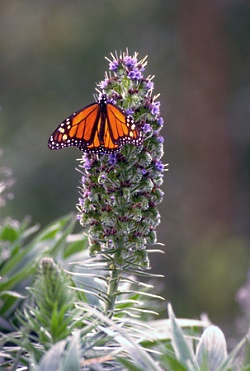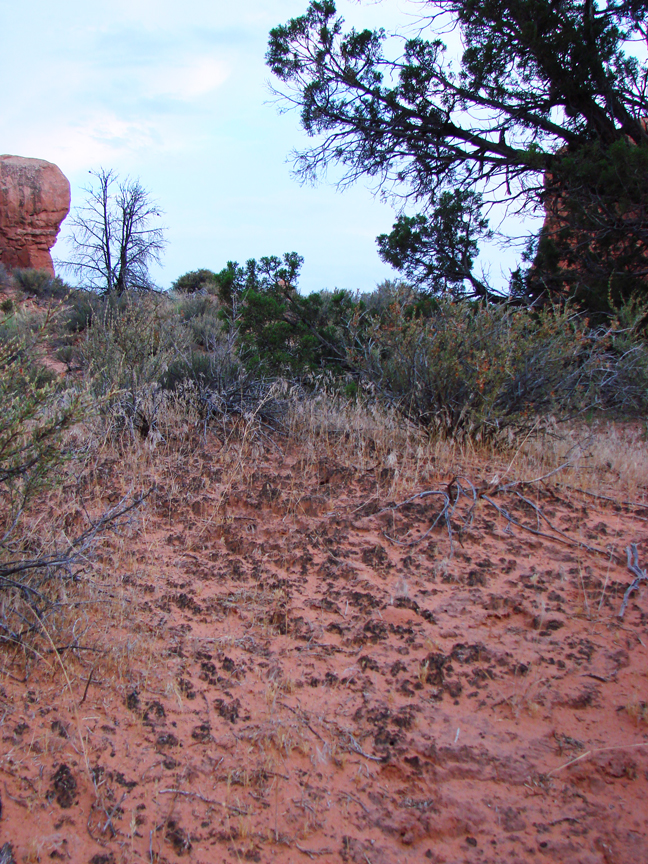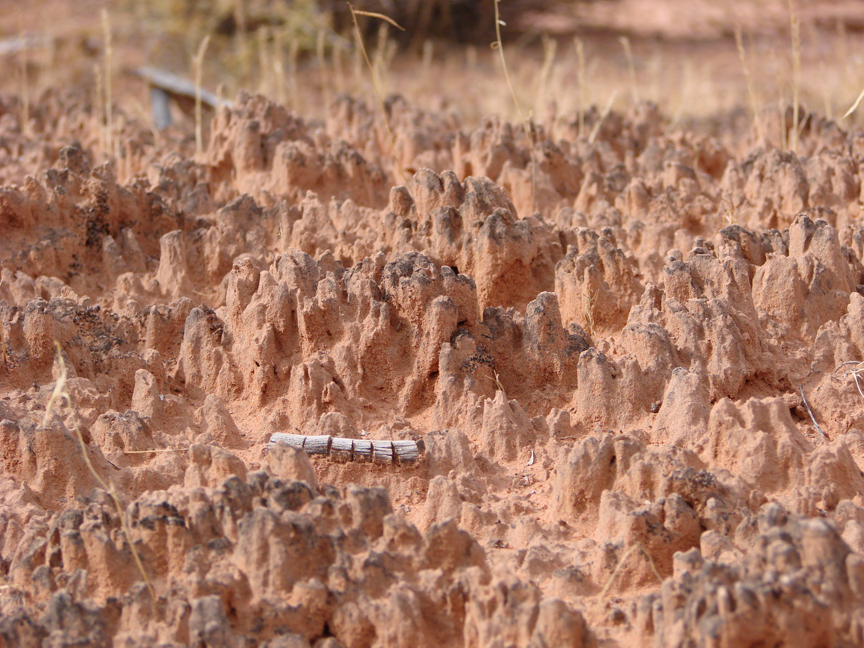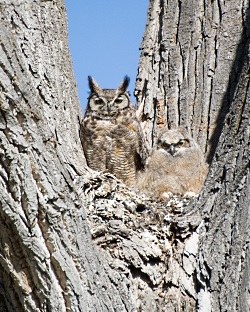
Photographer: George Gentry
US FWS Digital Library
Hi I’m Holly Strand.
In early spring, my friends and I went owling in a northern Utah canyon. We were hoping for modest success—just to see or hear a northern pygmy or great horned owl — both common owls in our area.
To better the odds we brought an iPod with prerecorded owl sounds. We played the northern pygmy call for 20-30 second intervals and listened intently in between intervals.
After 10 minutes of off-and-on playbacks we heard an answering call from a nearby conifer grove. We were ecstatic that we had made contact with an actual owl. But wait! Was it an owl we heard or just another iPod user?
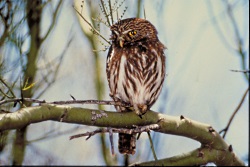
Photographer: Bob Miles
US FWS Digital Library
According to David Sibley, author of the Sibley Guide to Birds, the proliferation of digital audio devices and recorders among birders has both pluses and minuses. On the plus side, you can often entice certain birds out of hiding using playbacks. For example, if a territorial male thinks a rival bird is threatening to encroach on its territory, he may come out to confront the intruder. Or he may sing his “I’m Here, So Stay Away” song. A female bird might approach the recording source as a potential date. Using playbacks, you can target specific species to see or hear without disturbing others.
On the flip side, overuse of these playback devices can cause unnecessary stress and distraction in the target birds—and annoyance among other birders. In one study, the use of playbacks upset the avian apple cart by causing high-ranking black- capped chickadee males to lose status. The rest of the flock perceived them as losers as they were unable to drive away an unwanted phantom intruder.
Because the widespread use of recorded playbacks is relatively new, proper etiquette is still evolving. But here are some key points.
- Keep the volume low and use only occasional snippets of sound—less than 30 seconds at a time. Leave a long pause between snippets. Definitely do not broadcast loud or continuous sound.
- It is illegal to disturb endangered or threatened species. And these recordings can be interpreted as disturbance. So stick with sounds of non-threatened species.
- Finally, check the rules at your birding location. The use of playback is prohibited in some parks and refuges.
For source material and websites with bird sound recordings, go to www.wildaboututah.org.
For Wild About Utah, I’m Holly Strand.
Credits:
Photos: Courtesy US FSW Digital Media Library
Text: Holly Strand
Sources & Additional Reading:
Sibley, David. 2011. The Proper Use of Playback in Birding. Sibley Guides: Identification of North American birds and trees. https://www.sibleyguides.com/2011/04/the-proper-use-of-playback-in-birding/ [Accessed May 19, 2011]
Recordings:
Soundscapes for Birders by Kevin Colver
https://www.xeno-canto.org/ shared bird sounds from the whole world
Beletsky, Les, editor. 2010. Bird Songs Bible: The Complete, Illustrated Reference for North American Birds Contains digital audio player.
Ipods and mp3 apps:
iBird https://www.ibirdexplorer.com
Audubon Birds Field Guide https://www.audubonguides.com/field-guides/mobile-apps.html
The Sibley eGuide to the Birds of North America https://www.mydigitalearth.com

